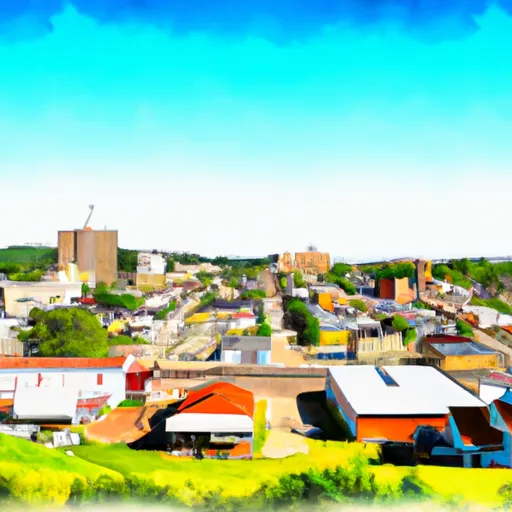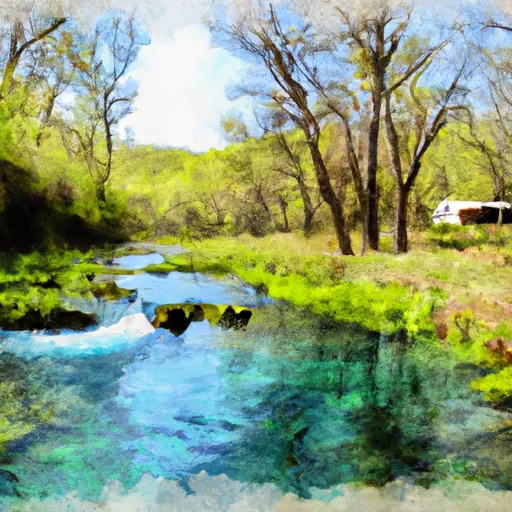°F
°F
mph
Windspeed
%
Humidity











Ringgold is a small town located in Bienville Parish, Louisiana. The climate in Ringgold is categorized as humid subtropical, characterized by hot and humid summers and mild winters. Average temperatures range from the upper 80s Fahrenheit (around 31°C) in summer to the mid-50s Fahrenheit (around 13°C) in winter. Rainfall is evenly distributed throughout the year, with the wettest months being May and October.
Ringgold is surrounded by beautiful natural landscapes, including lakes, rivers, and forests. Hydrologically, it is situated near several bodies of water, such as Lake Bistineau, which offers opportunities for fishing, boating, and water sports. The lake is known for its diverse fish species and is a popular spot for anglers. Additionally, nearby Kisatchie National Forest provides opportunities for hiking, camping, and wildlife viewing.
Outdoor enthusiasts in Ringgold can also explore the Dorcheat Bayou, a scenic waterway that offers kayaking and canoeing opportunities. The bayou is home to various wildlife species, including alligators, turtles, and numerous bird species. Overall, Ringgold provides a favorable climate, diverse hydrology constituents, and ample outdoor recreation opportunities for nature lovers.
Weather Forecast
Ringgold receives approximately 1361mm of rain per year, with humidity levels near 87% and air temperatures averaging around 18°C. Ringgold has a plant hardyness factor of 8, meaning plants and agriculture in this region tend to thrive here all year round.
Regional Streamflow Levels
165
Cubic Feet Per Second
-999,999
Cubic Feet Per Second
158
Cubic Feet Per Second
1,120
Cubic Feet Per Second
Nearby Camping
| Camping Area | Reservations | Toilets | Showers |
|---|---|---|---|
| Intracoastal Parish Park | |||
| Lotus Camp | |||
| Hodges Gardens State Park | |||
| Red Bluff Camp Complex | |||
| Lake Bistineau State Park | |||
| Holbrook Parish Park |



